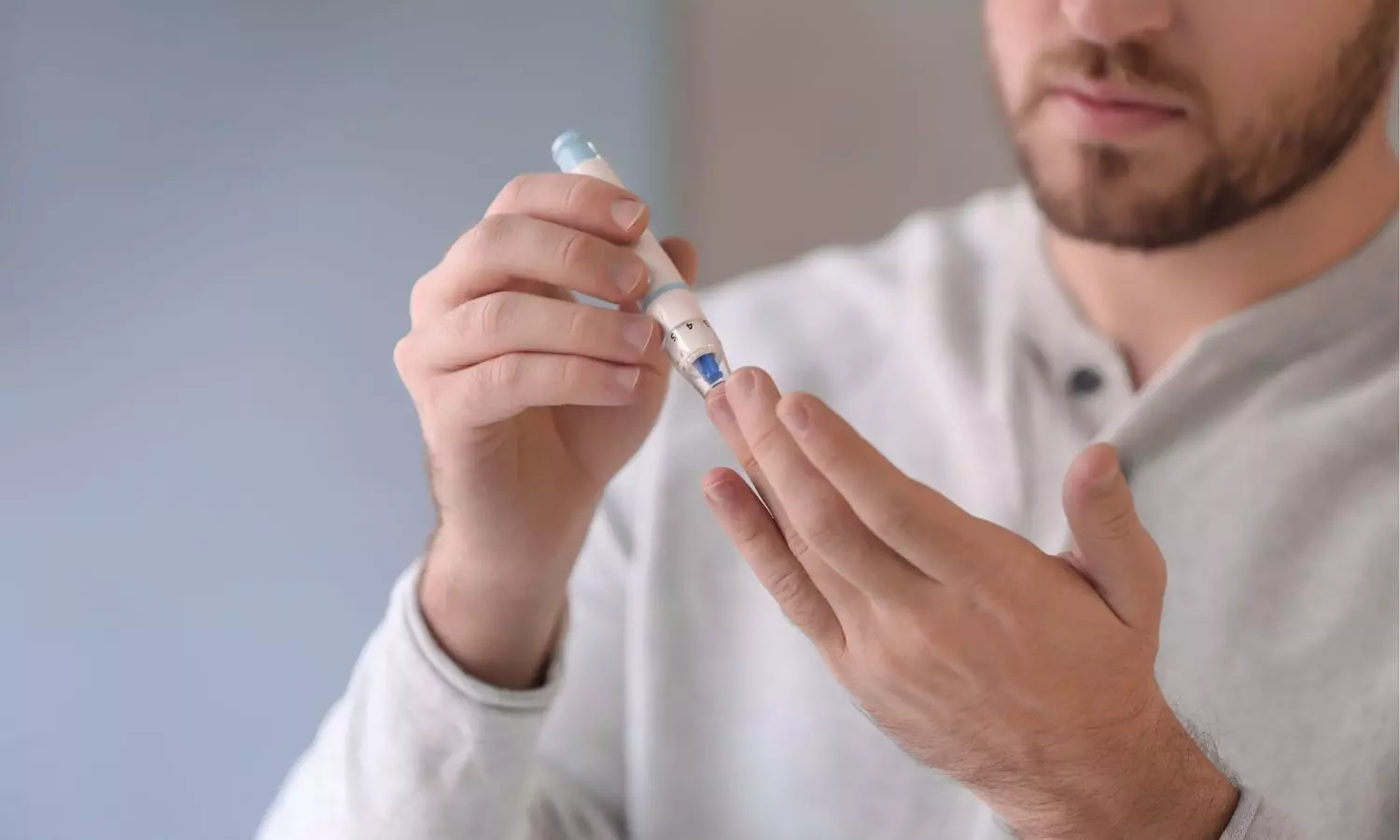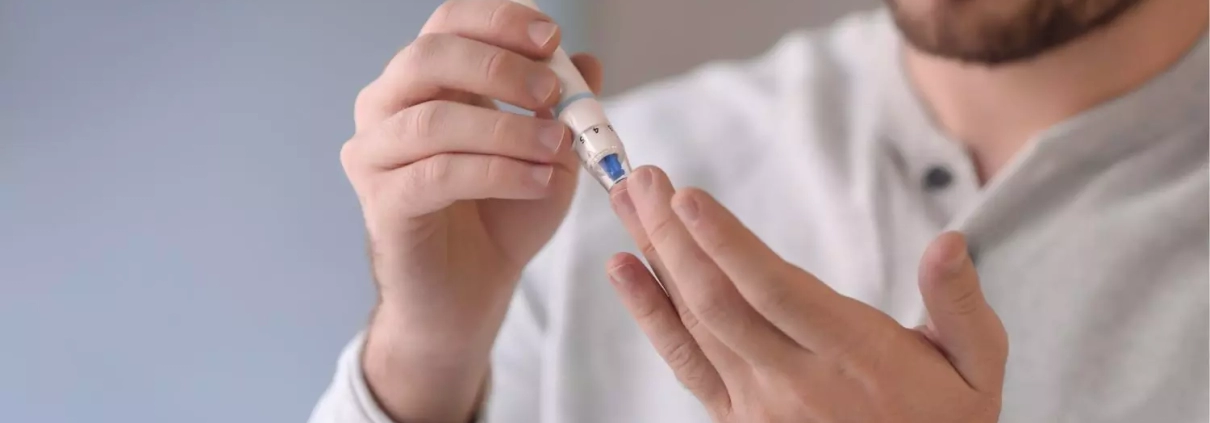Lobeglitazone could be promising insulin sensitizer for management of type 2 diabetes in India: SENSITIZE INDIA

India: Findings from a randomized, double-blind, phase III SENSITIZE INDIA trial have revealed the safety and efficacy of lobeglitazone 0.5 mg once daily for treating type 2 diabetes mellitus (T2DM) in the Indian population.
The study, published in JAPI: Journal of the Association of Physicians of India, showed that lobeglitazone significantly improved glycemic parameters and was noninferior to pioglitazone; hence, considered a promising insulin sensitizer in type 2 diabetes management in India.
“The mean change from baseline in HbA1c percentage in the lobeglitazone 0.5 mg group was noninferior to that in the pioglitazone 15 mg group,” the researchers reported. There were no major safety concerns. Lobeglitazone was well-tolerated and safe.
The study confirmed the safety and efficacy of lobeglitazone 0.5 mg in the Indian population.
Glycemic control is the primary goal of T2D treatment. Several orally administered glucose-lowering agents have been developed for diabetes treatment. Metformin, with its good glucose-lowering efficacy and acceptable safety profile, remains the first-line low-cost treatment option for the majority of patients. However, a large number of patients with type 2 diabetes have inadequately controlled diabetes despite treatment with metformin and require an additional glucose-lowering agent.
The primary pathophysiological flaw in type 2 diabetes is insulin resistance, and the only class of antidiabetic medications that address insulin resistance exclusively is thiazolidinediones (TZD).
The efficacy and safety of lobeglitazone sulfate, a thiazolidinedione that works by activating PPAR-α/γ dual agonist, has been reported only in the Korean population, and no study has been conducted in India. Considering this, Shashank Joshi, Lilavati Hospital and Research Centre, Mumbai, Maharashtra, India, and colleagues aimed to evaluate the efficacy and safety of lobeglitazone sulfate 0.5 mg once daily in comparison with pioglitazone 15 mg once daily in subjects with type 2 diabetes with inadequate glycemic control on metformin (≥1500 mg/ day). For this purpose, they performed a 16-week randomized, double-blind, and multicenter study.
It included 328 subjects with type 2 diabetes with ≥7.5% glycated haemoglobin (HbA1c) ≤10.5% and on stable metformin dose. They were assigned to both the treatment arms. The study’s primary outcome was a mean change in HbA1c.
Safety assessments included home-based glucose monitoring, adverse events (AE), vital parameters, electrocardiogram (ECG), and laboratory assessments.
The study led to the following findings:
- There was a statistically significant reduction in HbA1c at week 16 in the lobeglitazone group with the least square (LS) mean change of 1.01.
- The LS mean difference between the two groups was 0.05, which was statistically significant.
- There were statistically significant reductions in fasting and postprandial glucose.
- Treatment-emergent adverse events (TEAE) were comparable between both groups.
“This trial, the first on lobeglitazone in Indian patients, revealed that lobeglitazone was just as effective as pioglitazone (15 mg) in treating metformin-uncontrolled T2D in Indian patients without posing a significant risk to safety,” the research team wrote.
“Lobeglitazone was found to be noninferior to pioglitazone concerning change in fasting insulin, HOMA-β, and HOMA-IR; hence, it may be a promising insulin sensitizer for diabetes management in India,” they concluded.
Reference:
Joshi S, Tandon M, Kodgule R, et al. Randomized, Double-blind, Phase III Trial of Lobeglitazone Add-on to Metformin in Type 2 Diabetes (SENSITIZE INDIA). J Assoc Physicians India 2024;72(1): 32–42



